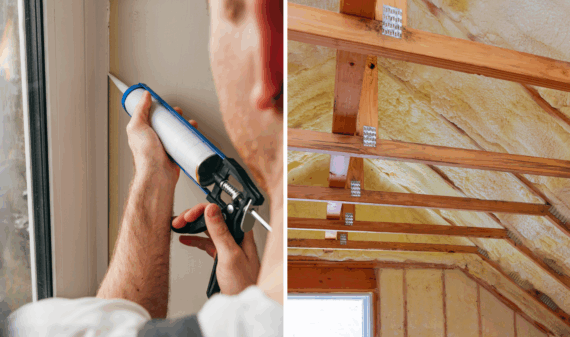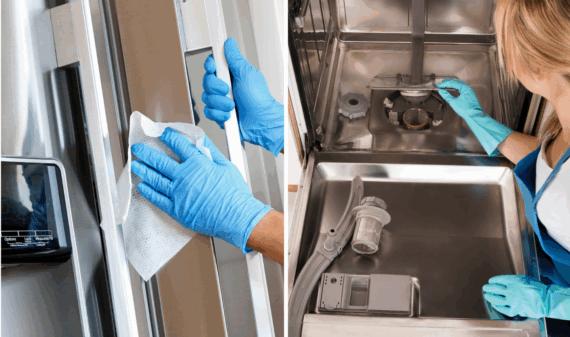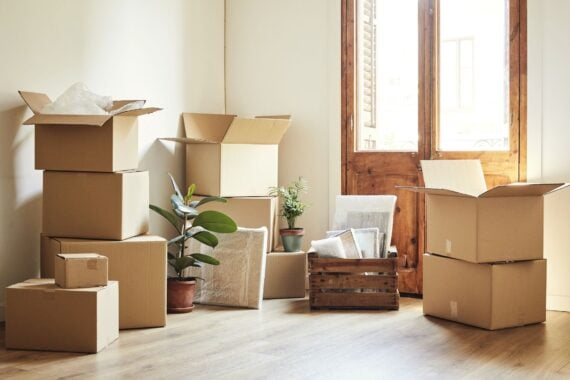Whether you believe in climate change or not, you’ve got to admit: We’re seeing more extreme weather than we ever have. Let’s look at how you can prepare your home to survive future natural disasters.
Upgrade Your Insulation
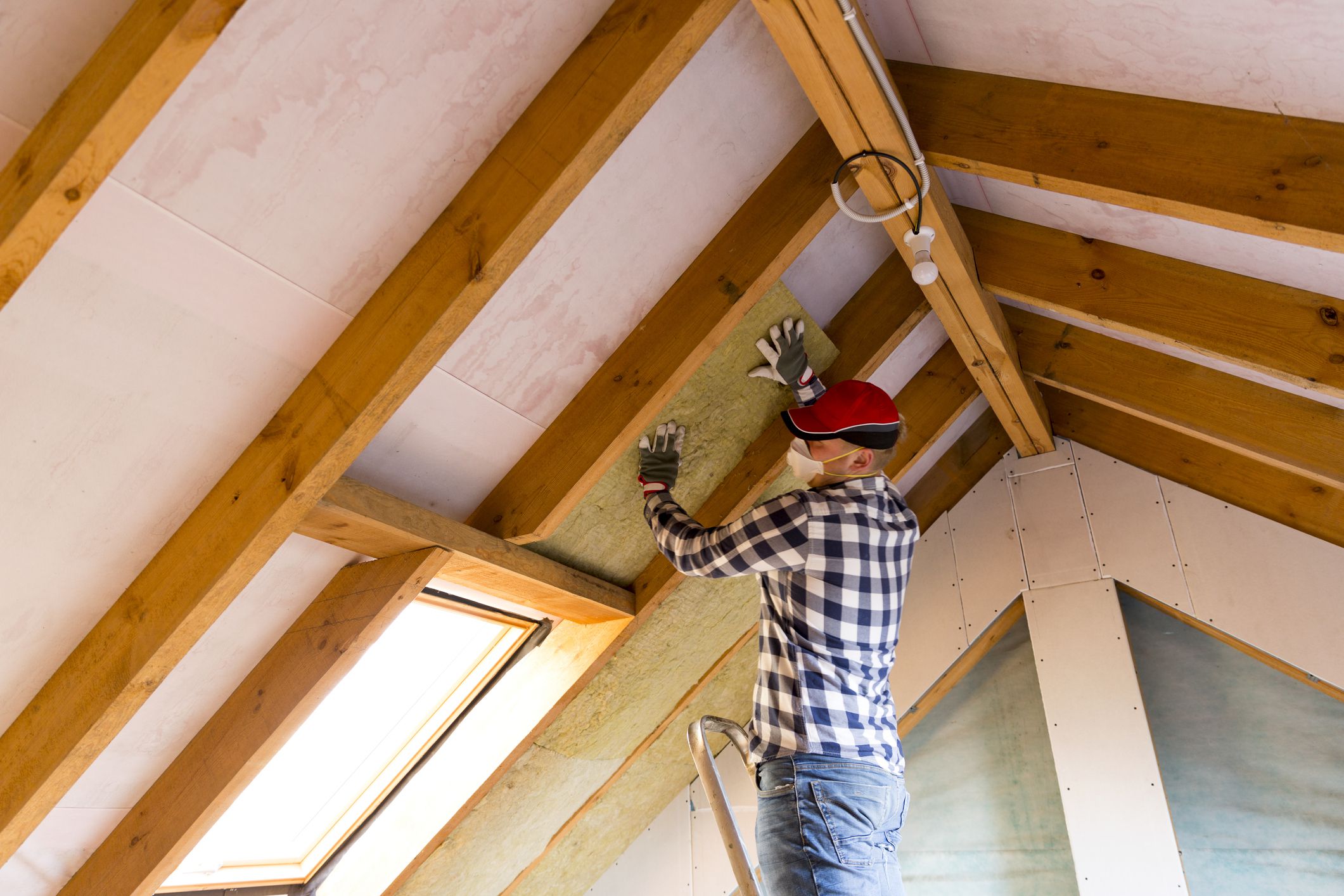
You can buy only so many blankets to keep you warm in winter. A smarter solution is to invest in insulating your home so you spend less on heating it.
Look for rebates and incentives from you utility companies if you use eco-friendly insulation.
Xeriscape Your Yard

If you live in a region that is prone to drought or simply doesn’t get much rain, consider how much water you’ve been wasting keeping your grass green. A better alternative is xeriscaping it, which replaces the grass with drought-resistant plants and rock features.
Get Smart Landscaping
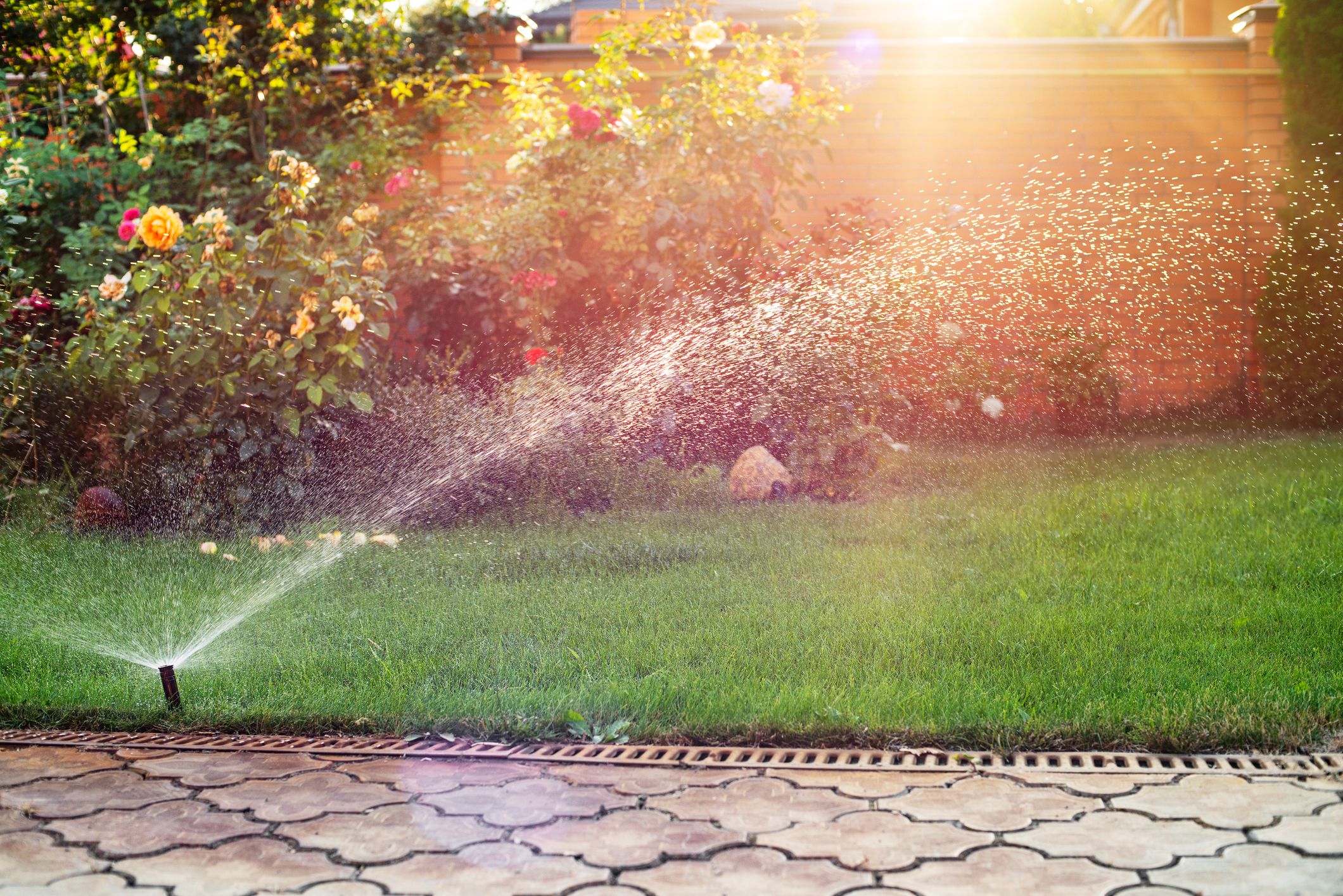
How many times have you forgotten to turn off your sprinklers? Technology for landscaping these days means you never have to worry about this problem. You can control and schedule irrigation and lighting with an app.
Waterproof Your Basement
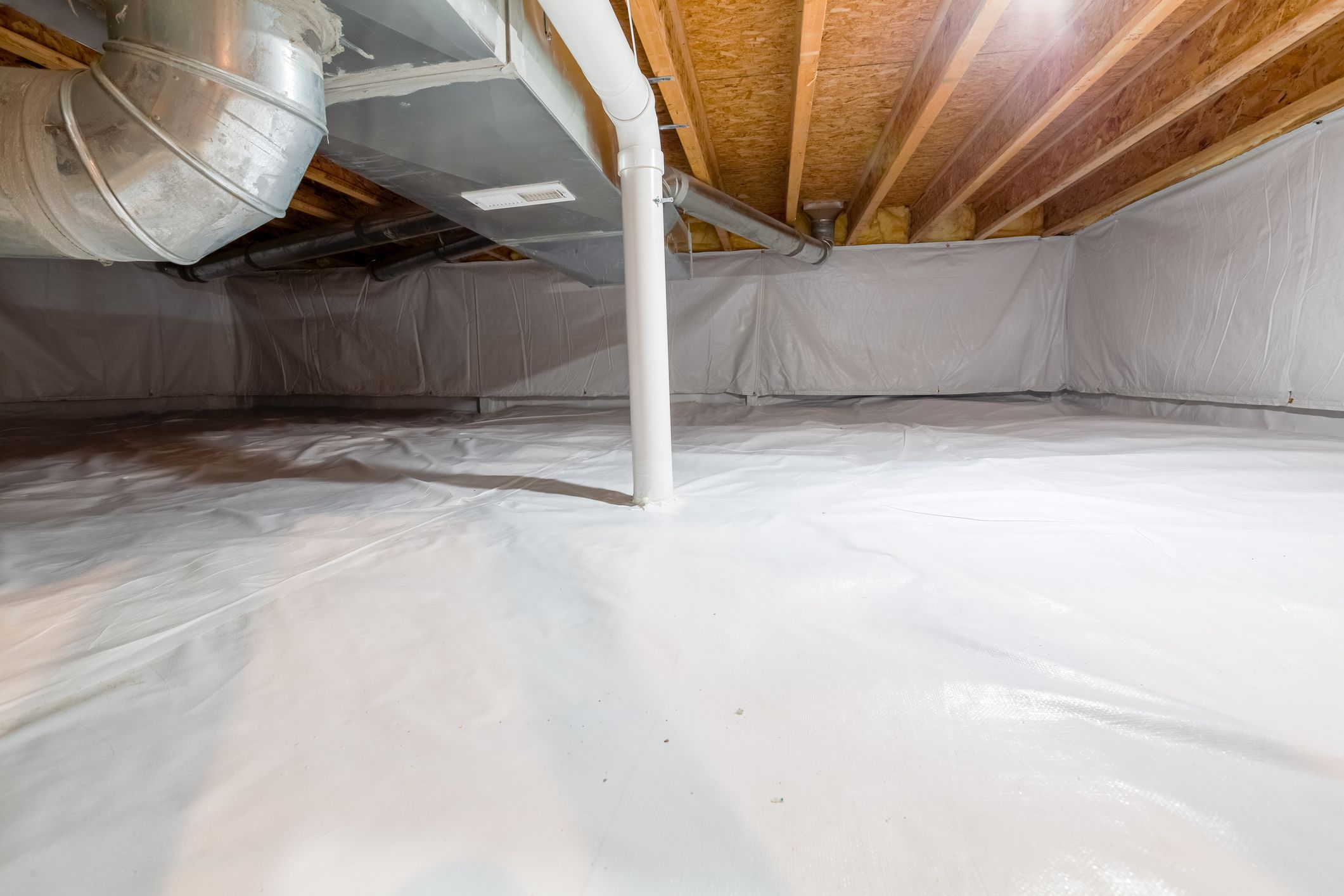
There’s little worse than a wet, mildewy basement that wasn’t properly sealed. Before the rainy season hits, seal your basement floors and walls to protect them.
Weather Strip Your Windows
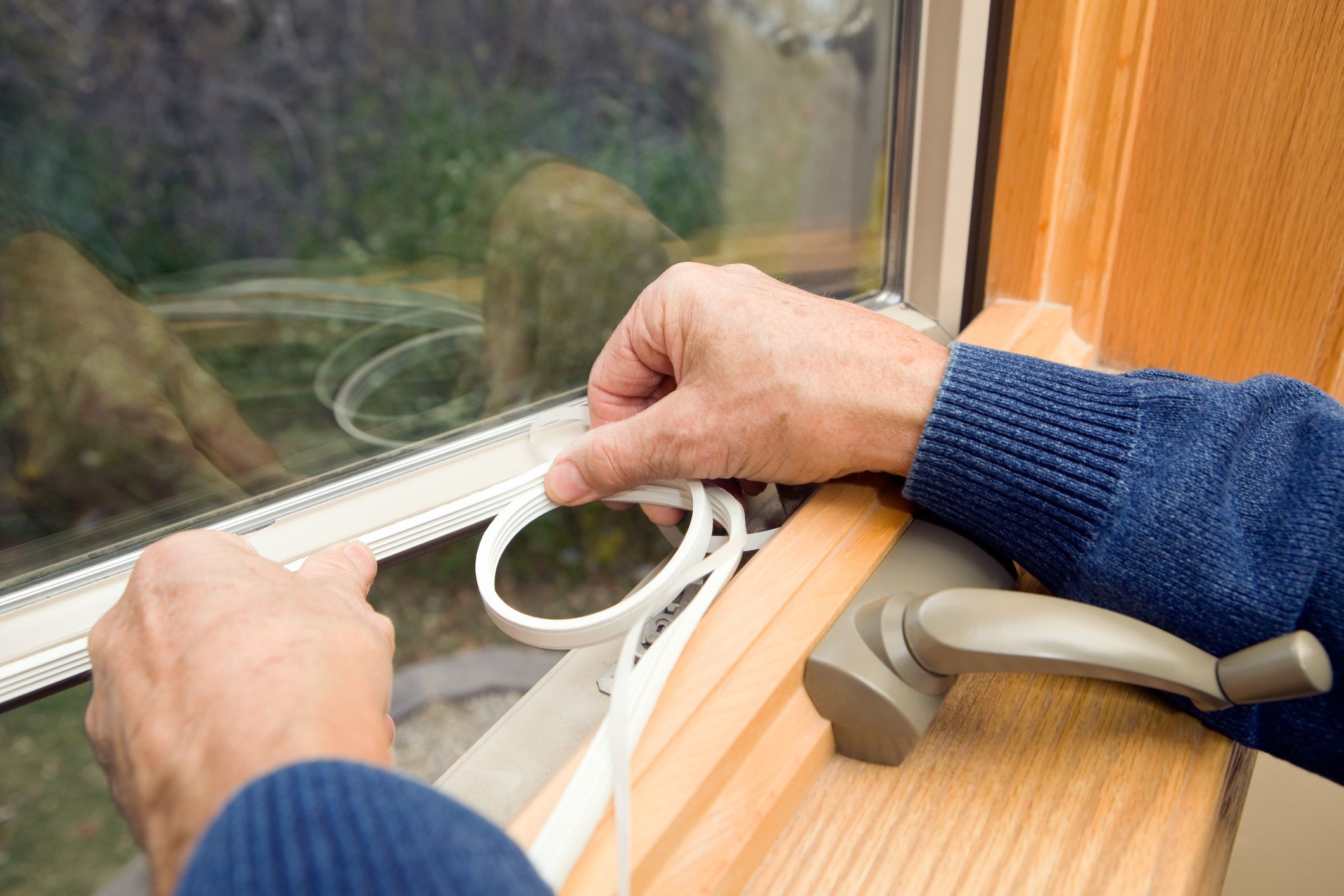
Keep air from seeping in cracks along your windows and doors with inexpensive weather stripping. These seals, which you can find at your local hardware store, can also cut down on your heating and cooling bill.
Trending on Cheapism
Get Those Gutters Fixed
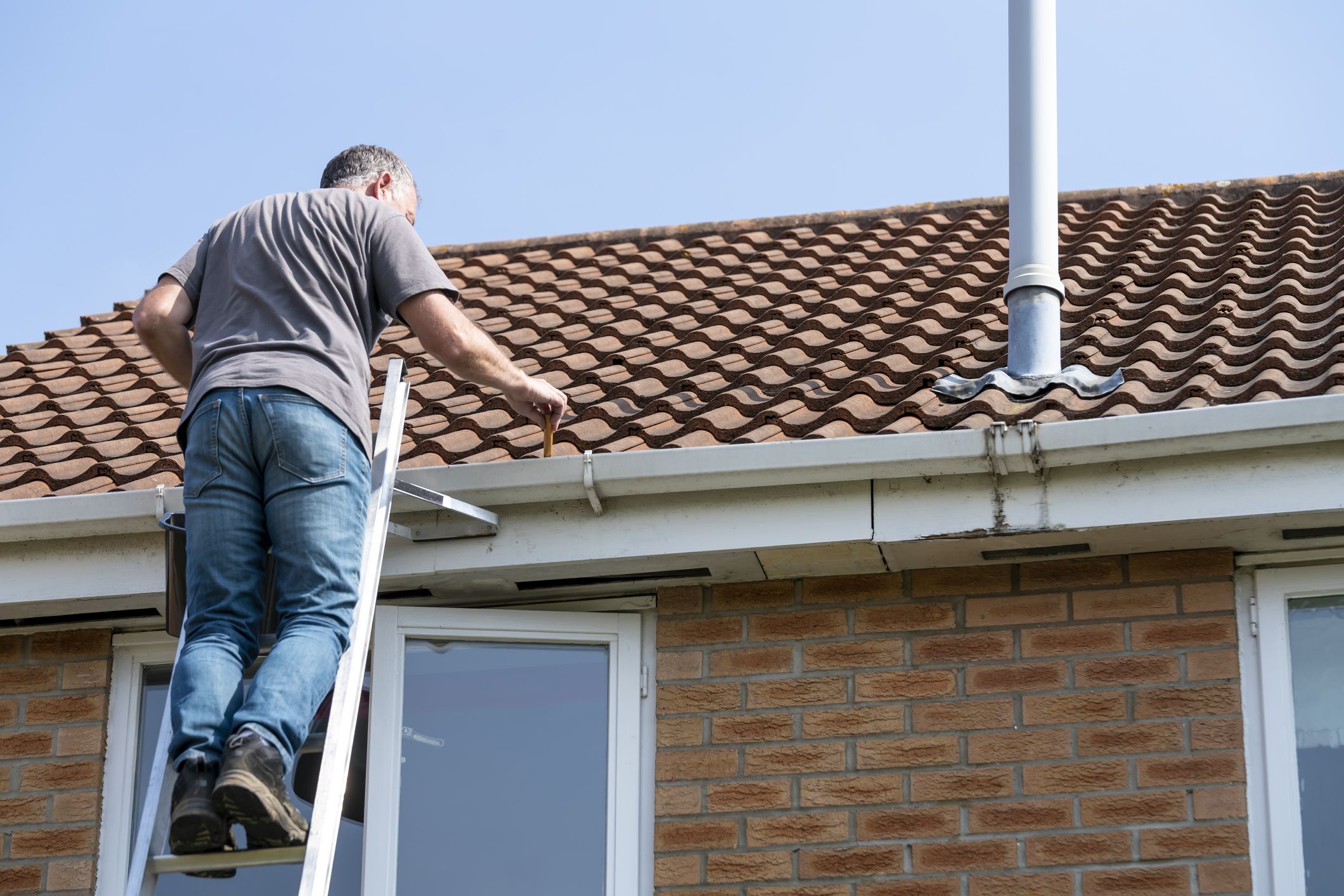
You’ve been putting off the job for ages, but it’s time to finally clean them and make sure they’re properly affixed. This will help to prevent water damage, prevent stagnant water from building up (which can breed mosquitoes), and keep mildew from forming.
Buy a Generator
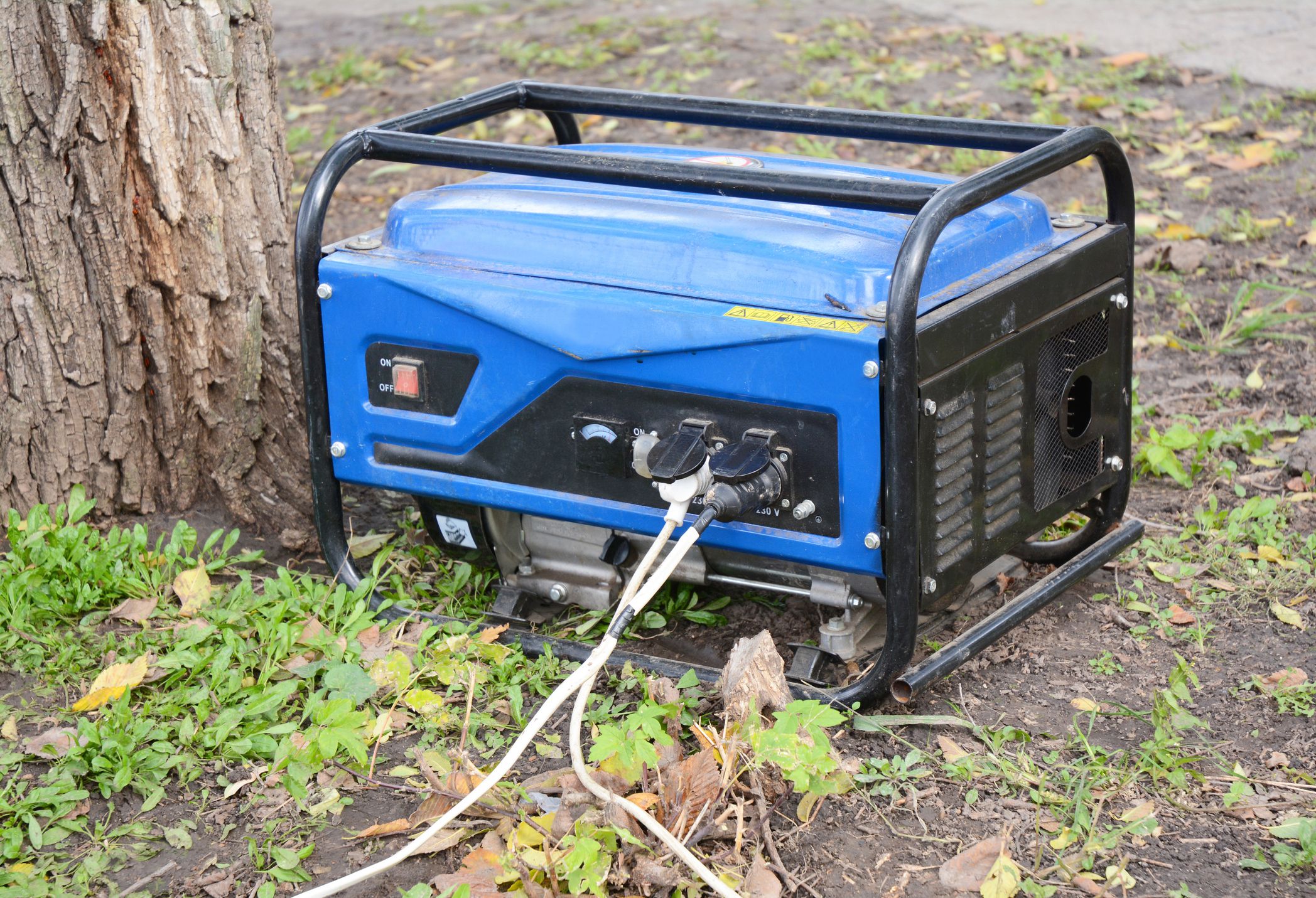
You never know when bad weather will knock out the power in your neighborhood for hours … or even days. Having a generator ensures your family can keep the lights and heat on, even after a hurricane or ice storm.
Add Siding to Your Home

Covering your home with siding can insulate it as well as protect it from harsh weather conditions like snow, ice, rain, heat, and cold.
Sign up for our newsletter
Prune Tree Branches Over Your Roof

The older the trees and the heavier the branches, the more likely you are to have one snap or completely fall over should a major storm hit. By pruning the branches that sit over your house, you reduce the chance of one falling and causing damage to your roof.
Caulk Windows and Doors
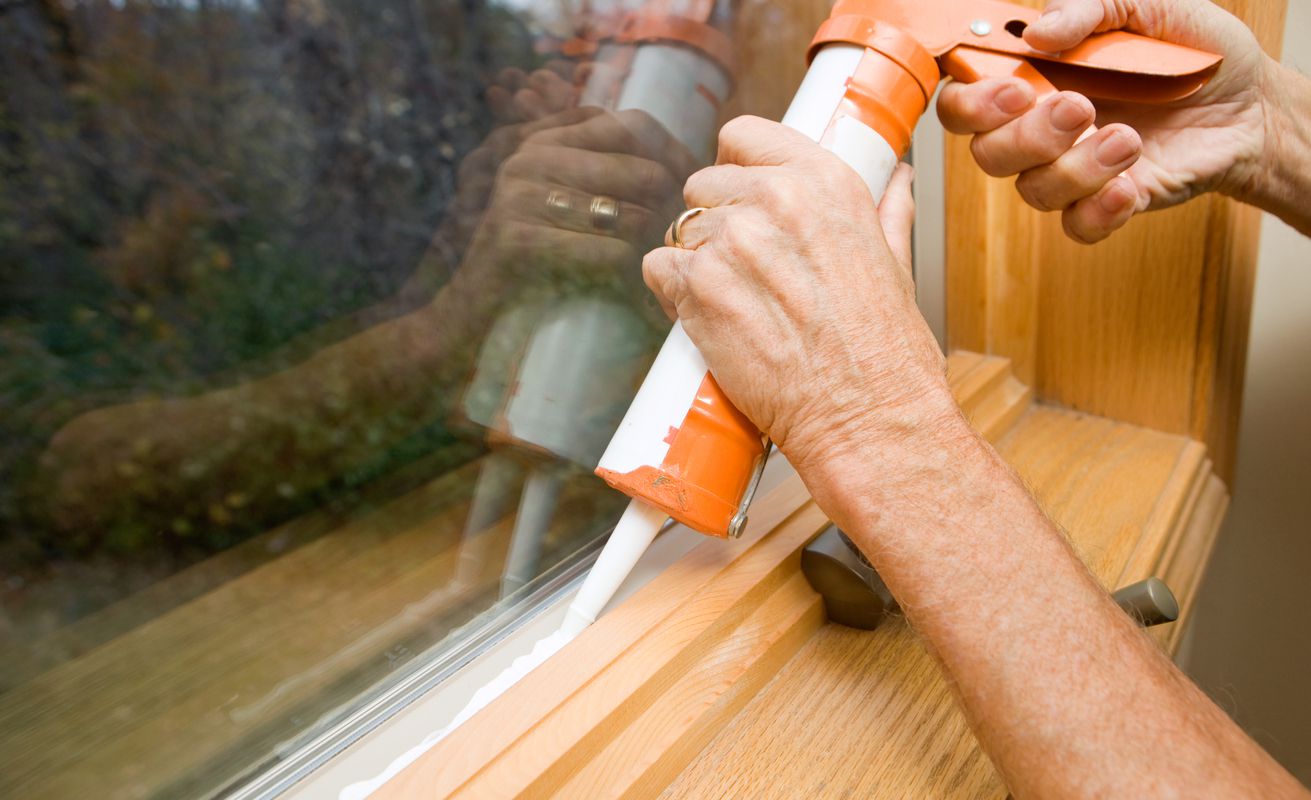
Another way to keep air from entering and exiting your home is to caulk windows and doors to seal any cracks and holes that might be lurking. This can cut down on your utility bills.
Get a Sump Pump
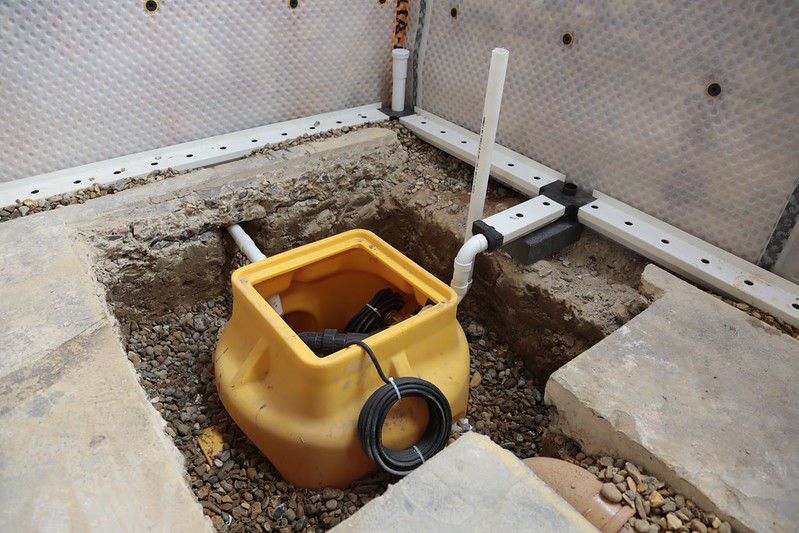
If you have a basement, flooding can be a real problem. Having a sump pump can help you remove water buildup when rains are heavy.
Remove Lightweight Items in Your Yard

When the weatherman says a storm’s a’brewing, pull in all your lightweight outdoor furniture, toys, and plants. That way, if a tornado or strong winds hit, your furniture won’t be scattered on your neighbor’s lawn. Nor will it break their window!
Create an Emergency Kit
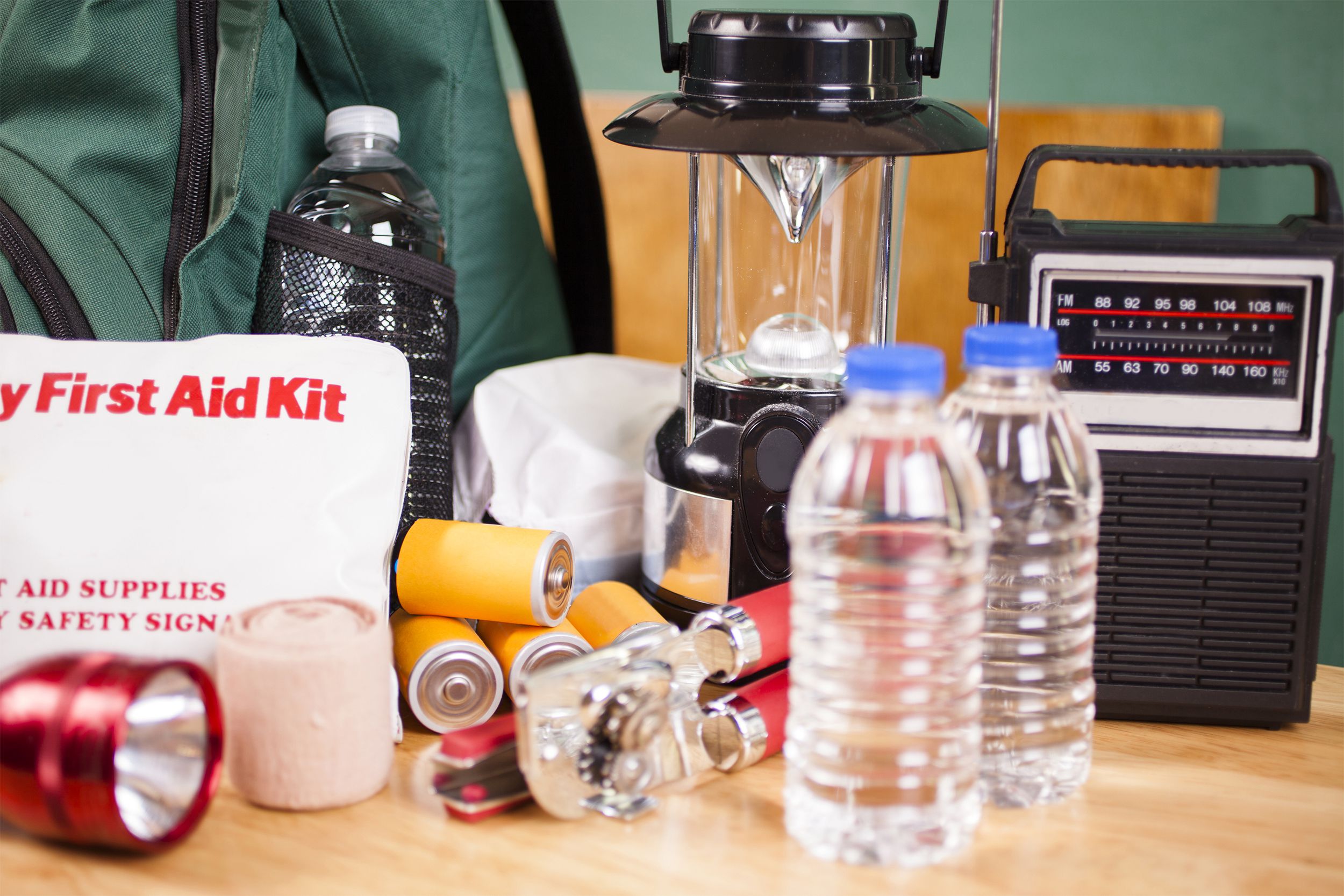
It’s a smart idea to keep an emergency kit full of essential items you might need during extreme weather. It should include a flashlight and batteries, nonperishable food, clean drinking water, a first aid kit, and anything else you might deem necessary.
Make a Sandbag Barrier
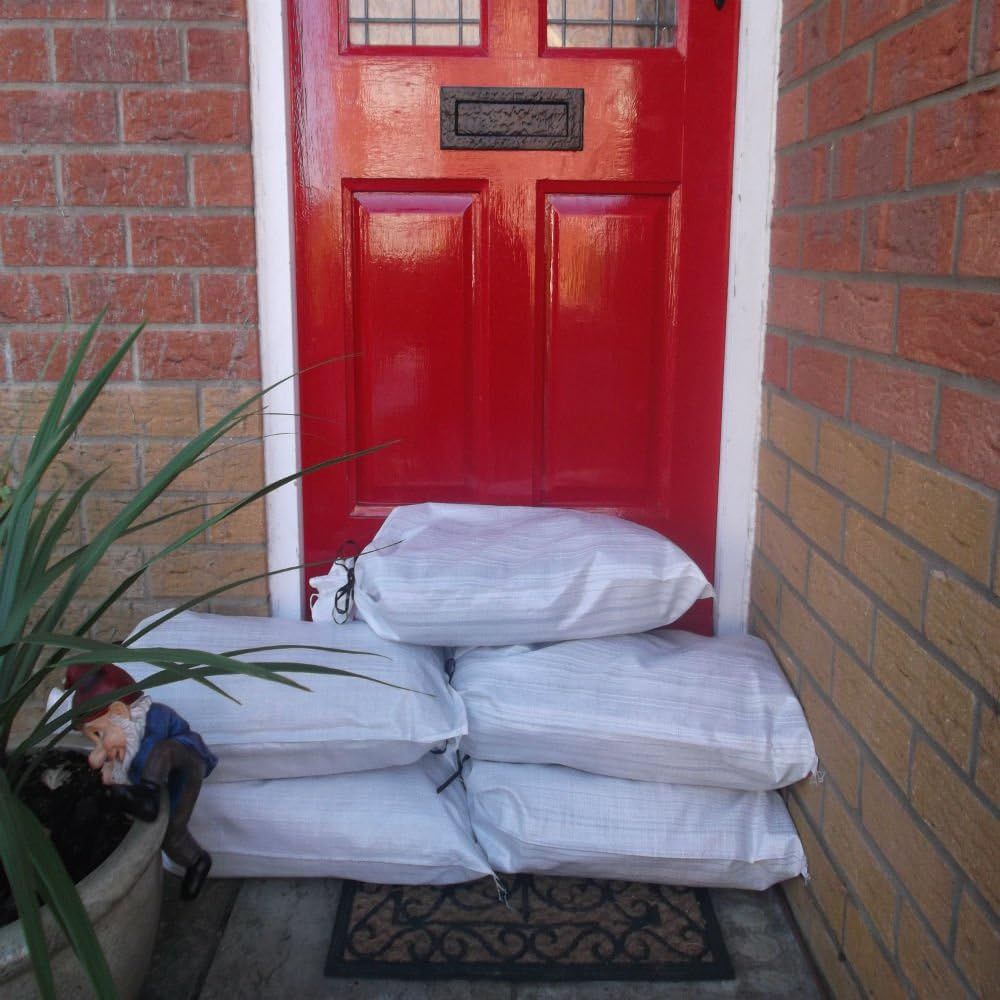
If one or more of your doors to the outside is at the bottom of a slope, you risk water entering your home during heavy rains. Prep before a storm by placing sandbags in a barrier across the door so water is diverted around the door.
Protect Windows with Film

If you live in the path of tornadoes or hurricanes, placing window film on windows may keep them from breaking. It can also provide insulation to your windows.
Plant Trees
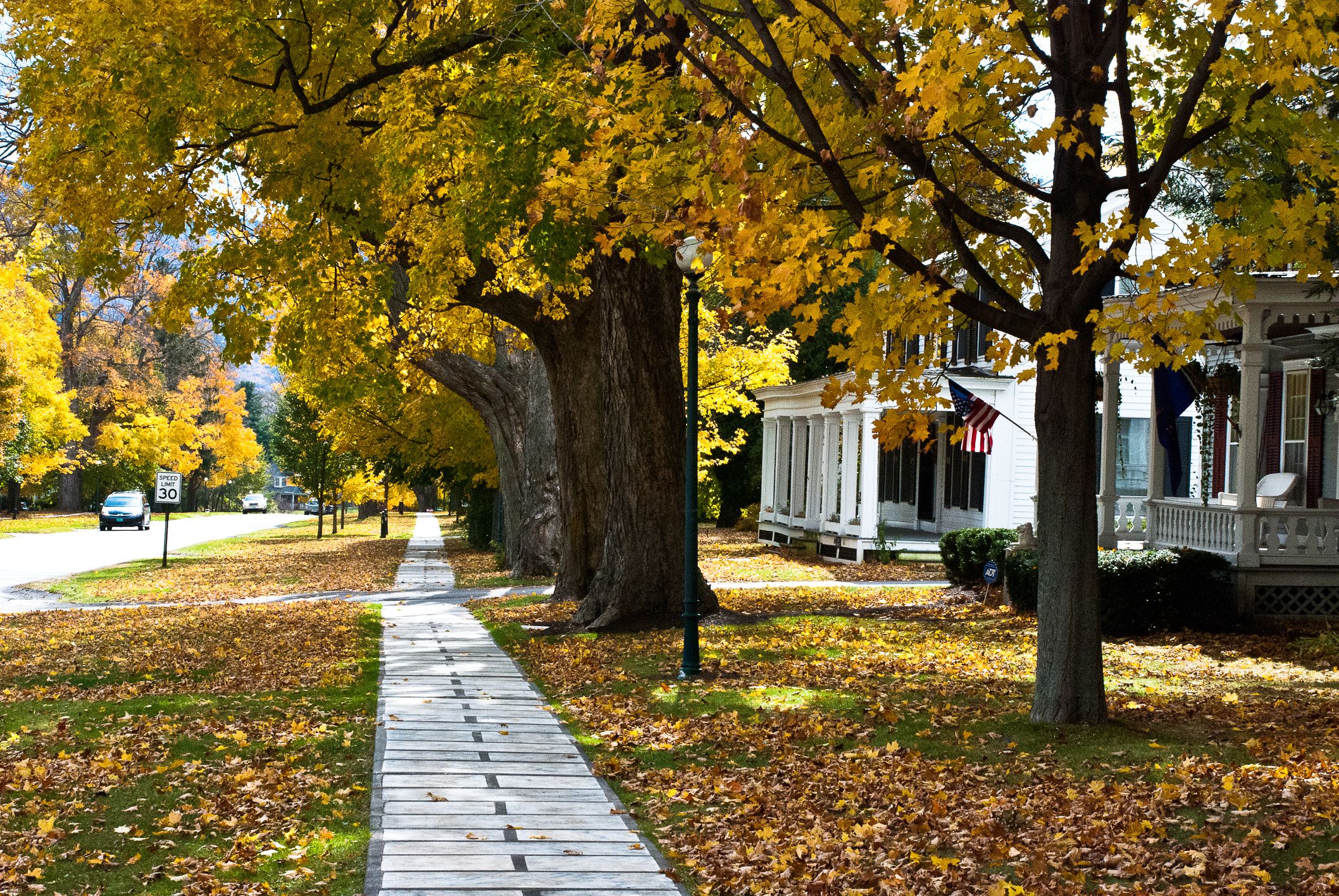
This isn’t going to provide an overnight solution, but planting trees near your home can provide shade once they’ve grown. This can help keep your home cool in those extremely hot summers we seem to be having more and more of.
Install Thermal Curtains

Speaking of those hot days, an affordable way to stay cool and cut down on your energy bill is to install thermal curtains. They’ll block out the sun and the heat.
Waterproof Important Documents
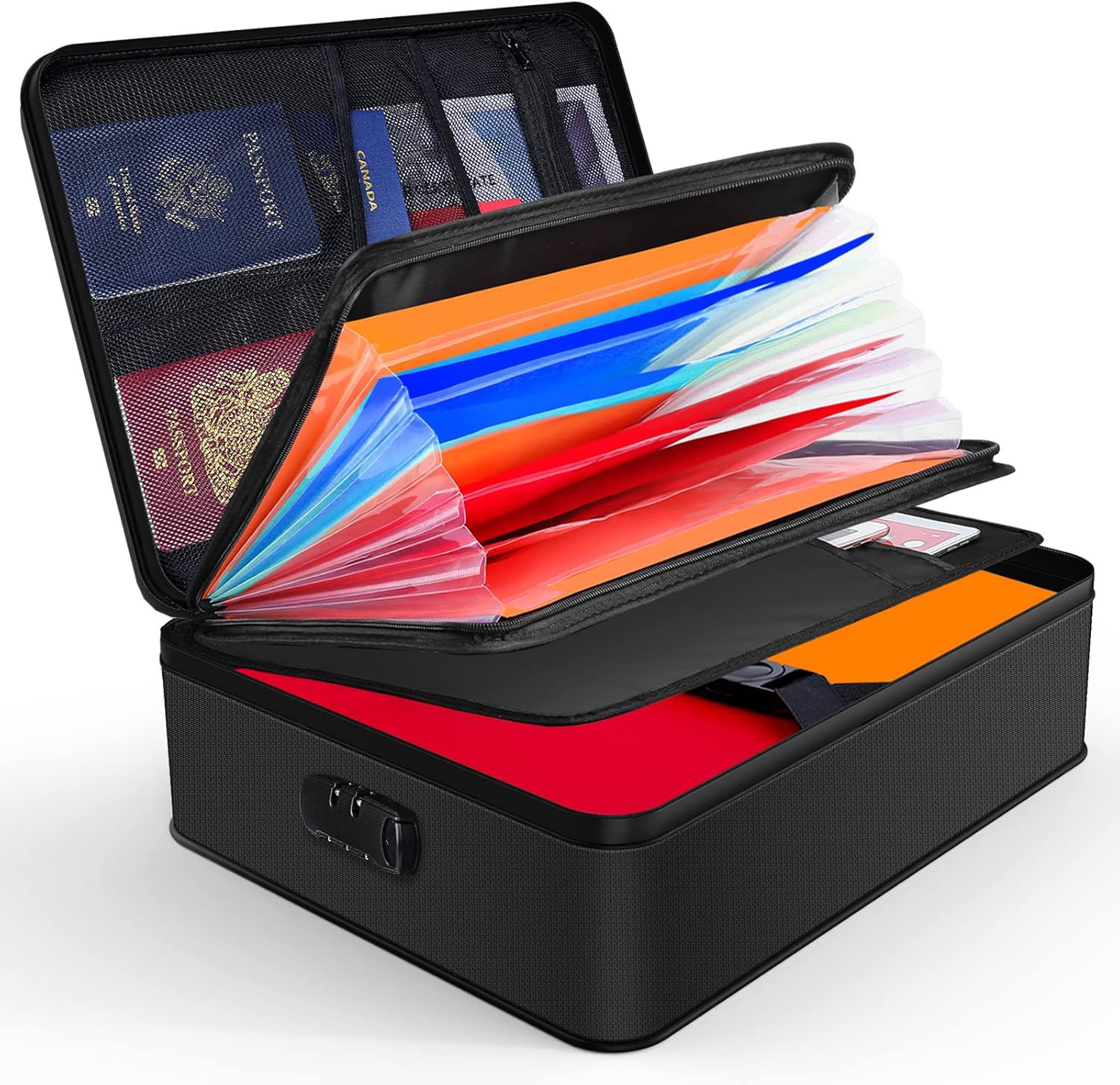
Imagine what you would do if you lost all your personal documents to a natural disaster. How long would it take to replace your passport, Social Security card, and birth certificate? Put any important documents you have, such as birth certificates and insurance forms, in waterproof and fireproof containers.
Back Up Your Computer Files
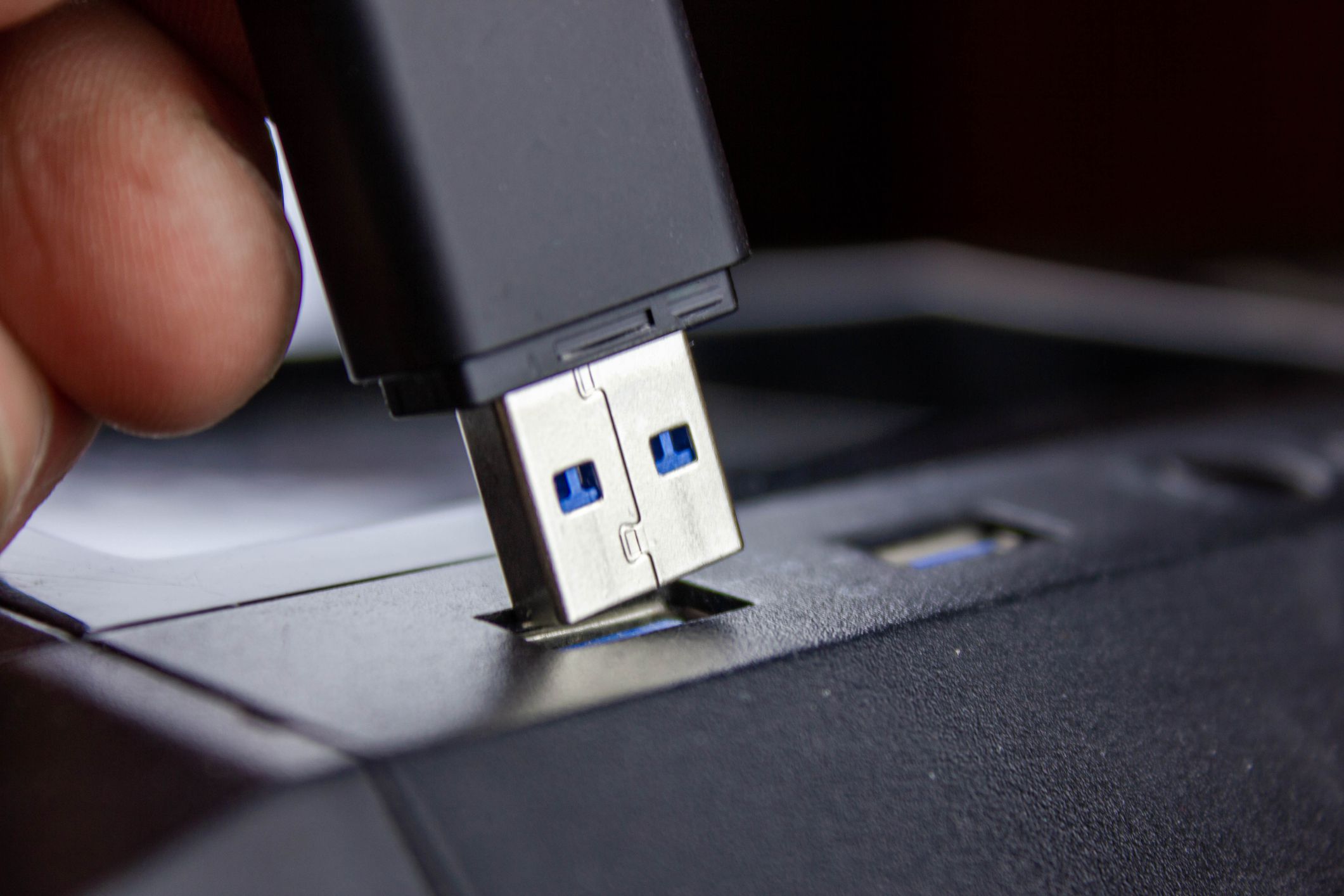
Also imagine what you’d do if your computer melted in a fire or died in a flood. All the work and photos you stored there … what would become of them? The easy solution is to back them up to the cloud. That way, you can access them from any computer.
Create a Safe Room
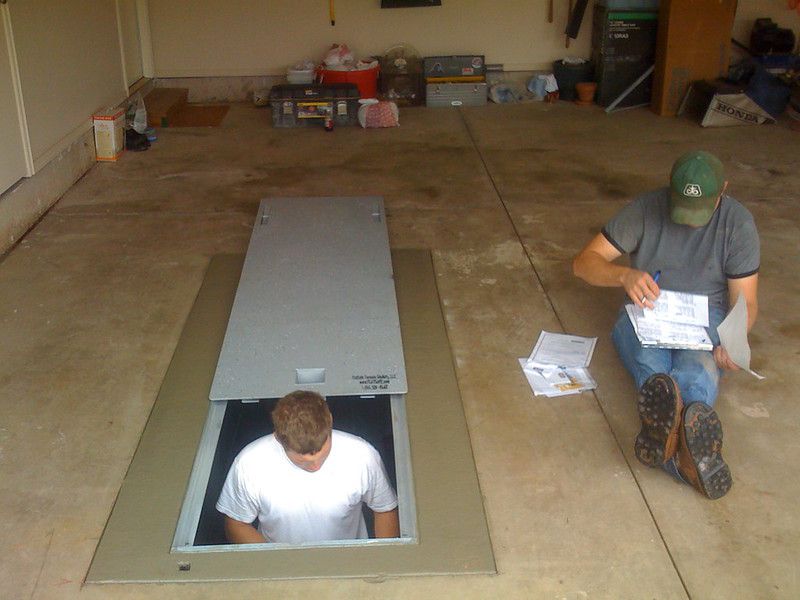
When a tornado or hurricane hits, the last thing you want is for your family to be in a room with a window that might shatter and hurt them. Consider creating a safe space in a room without windows where you can shelter until the storm passes. Store your emergency supplies here.
Protect and Insulate Exposed Pipes
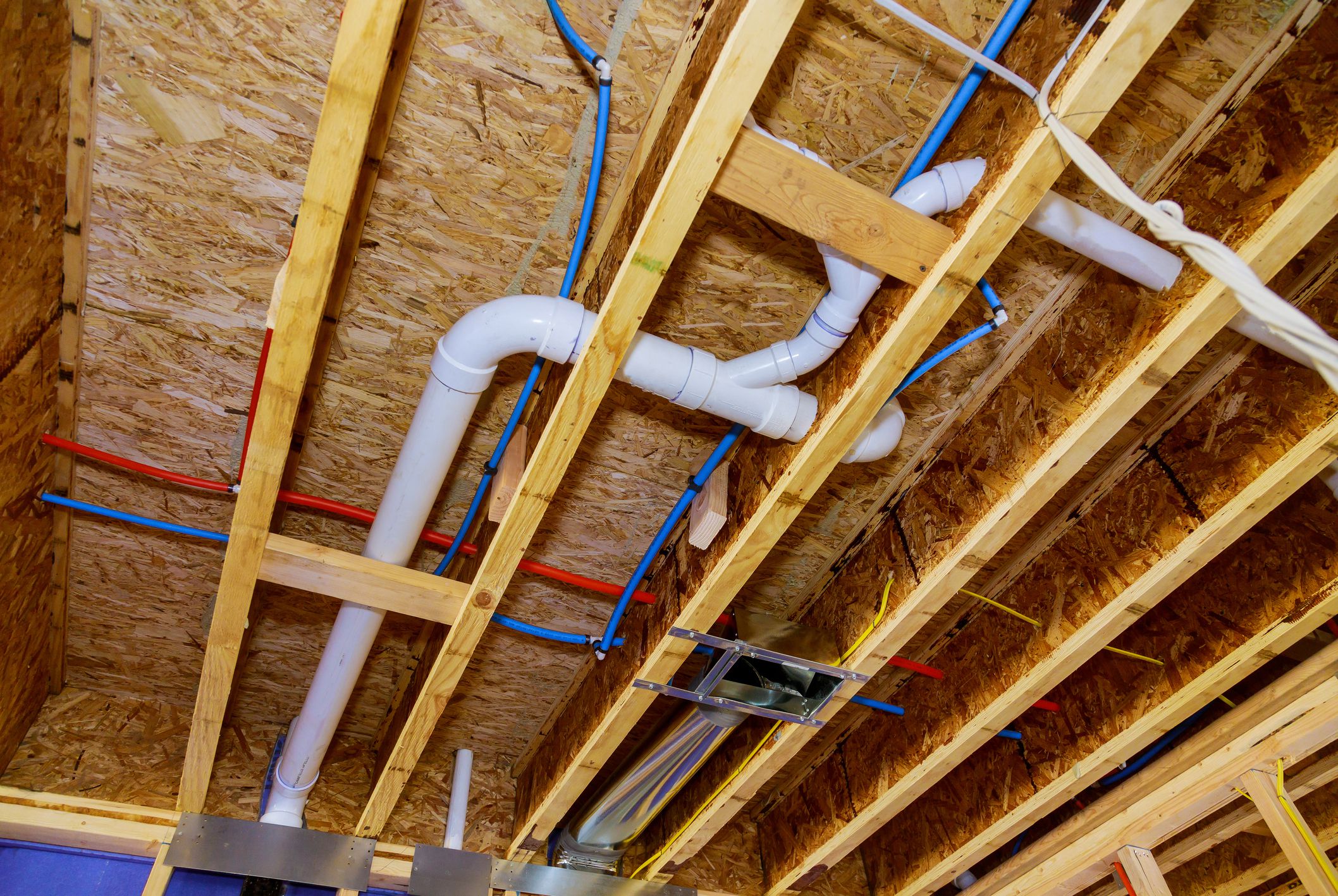
Cold snaps and power outages can quickly turn uninsulated pipes into a disaster waiting to happen. Wrapping pipes in unheated areas — like basements, attics, crawlspaces, and garages — with foam insulation can keep them from freezing and bursting. During extreme cold, opening cabinets under sinks to let warm air circulate and allowing faucets to drip slightly can also relieve pressure in the system. Ensuring your water heater and boiler are serviced yearly adds another layer of protection.
Reinforce Your Roof and Exterior Shell
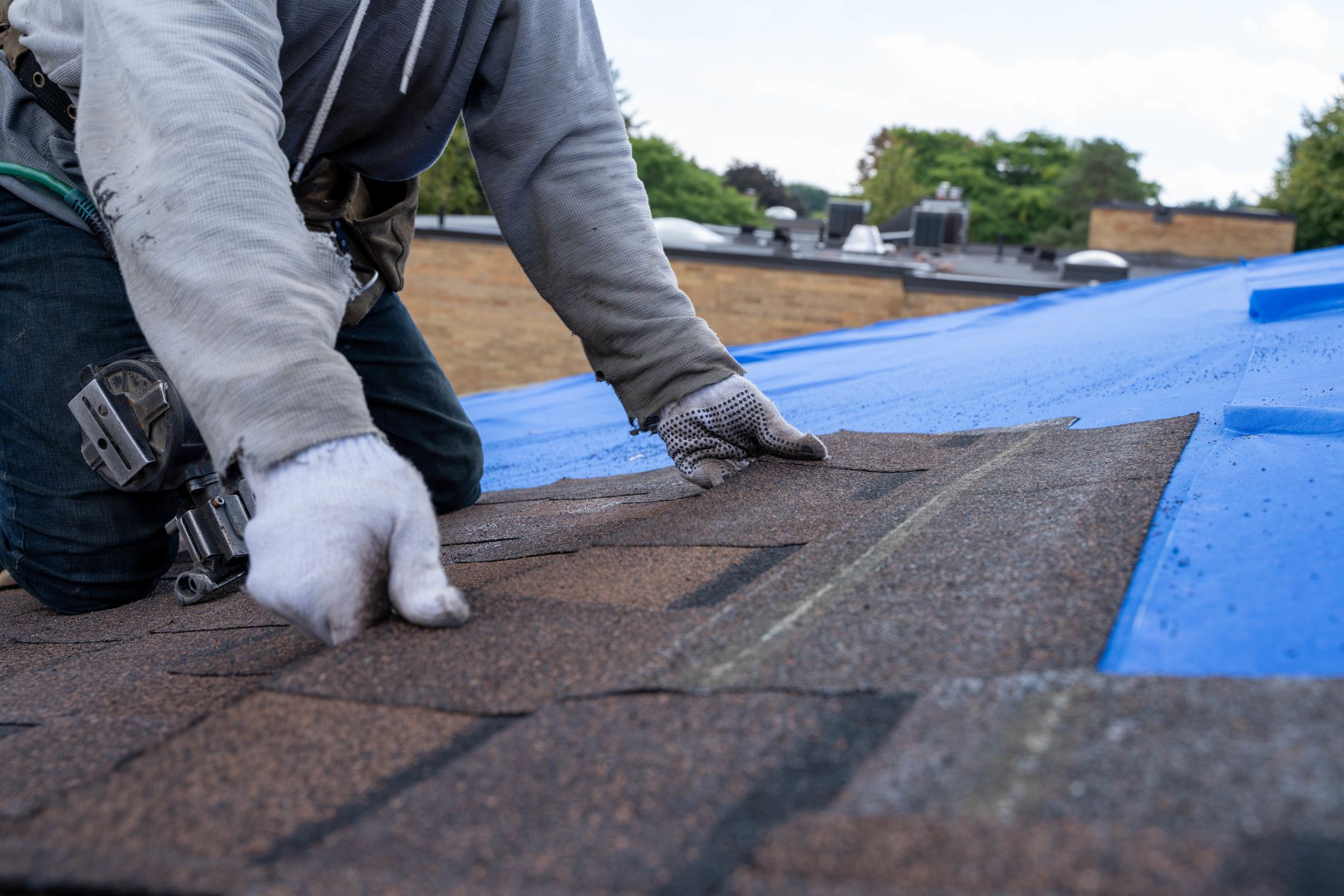
Your roof and siding take the first hit in any major storm, so keeping them in good shape is essential. Inspect shingles or tiles for cracks, gaps, or soft spots and replace anything loose before high winds or heavy snow arrive. Check siding for warping or separation, and seal any openings where moisture could creep in. In regions prone to hurricanes or severe thunderstorms, upgrading to wind-rated roofing materials or adding hurricane straps can dramatically reduce the risk of structural damage.
More from Cheapism
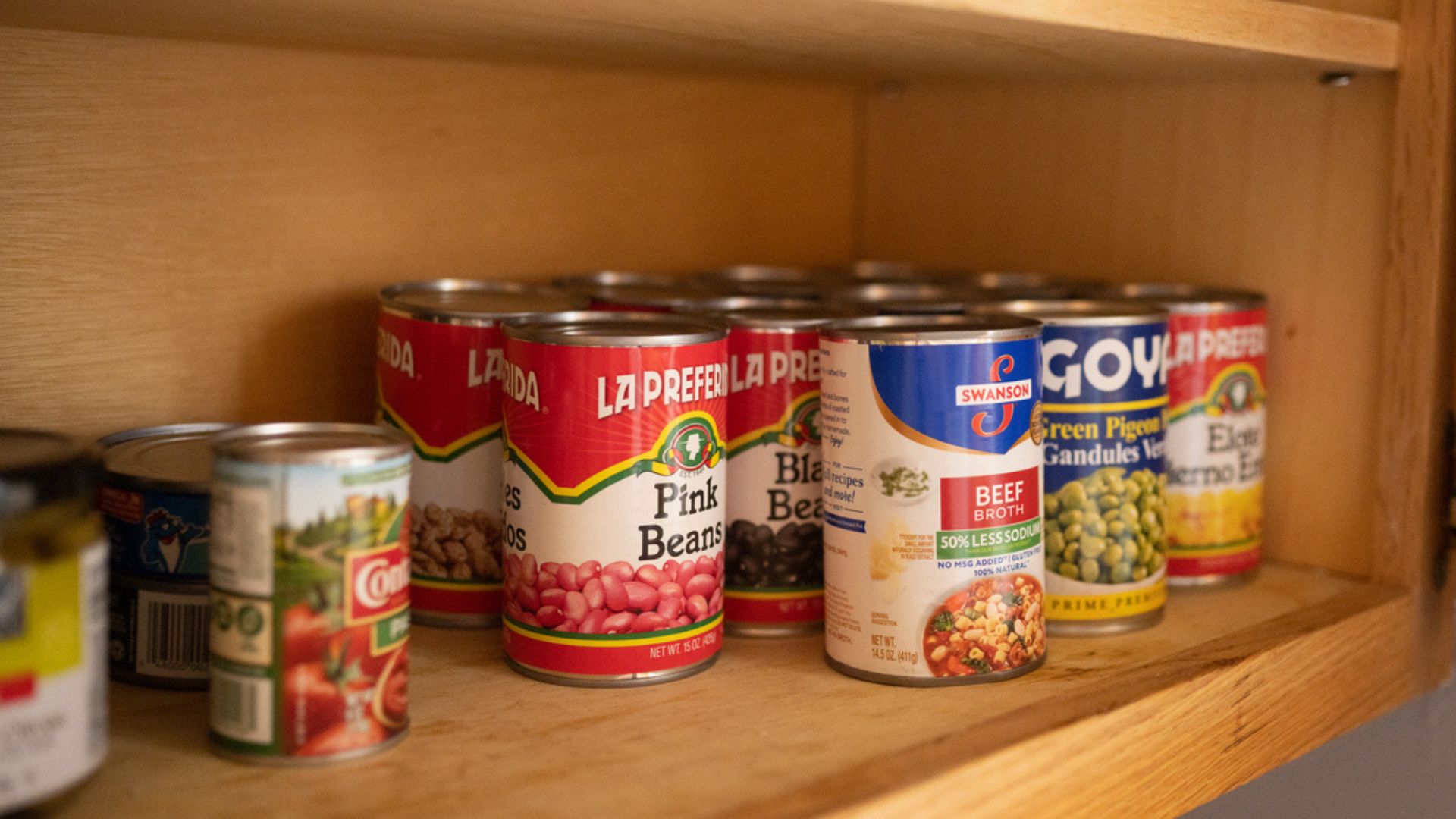
- Plan Ahead: These Pantry Essentials Can Help You Weather SNAP Program Delays — Stocking up on versatile, budget-friendly staples like rice, beans, pasta, and canned goods can help stretch meals and keep your kitchen running smoothly when SNAP benefits are delayed.
- 5 Projects That Boost Home Value — and 5 Cheap Alternatives — Whether you’re ready for a major upgrade or looking for a wallet-friendly fix, these smart improvement ideas show how to add real value and fresh style to your home without overspending.
- Wooly Worms, Persimmon Seeds and Other Old-Timey Weather Indicators — From fuzzy caterpillars to moon halos, these old-fashioned folk signs offer a quirky look at how people once predicted storms, winters, and sunny spells long before modern forecasts.
